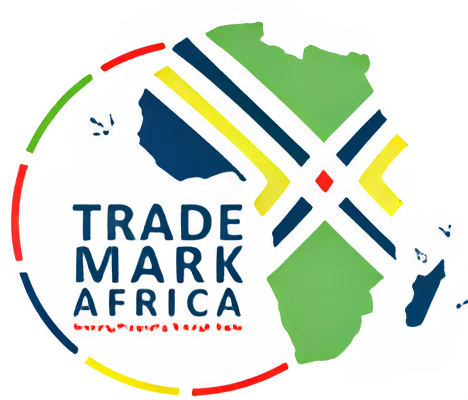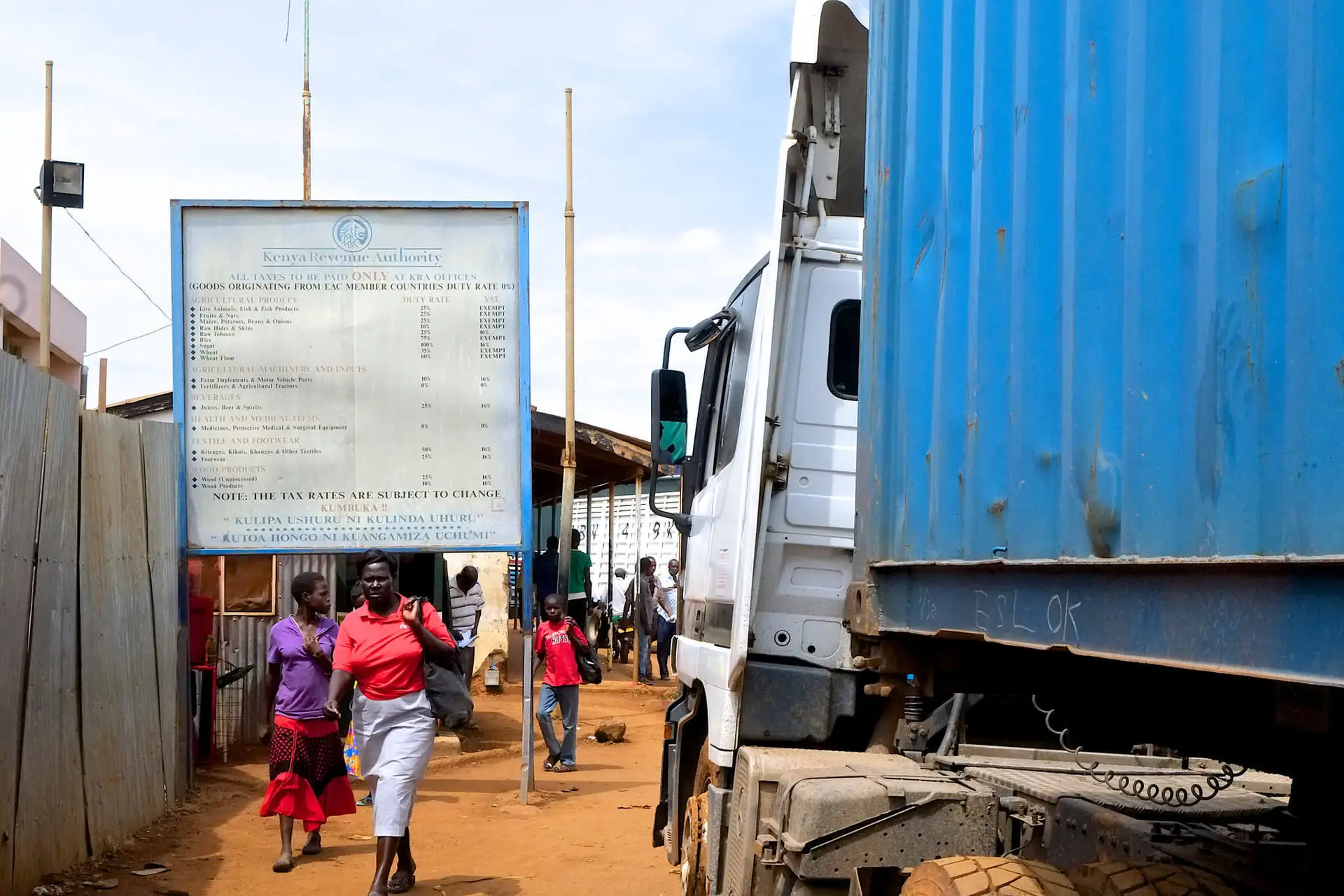The purpose of the EAC Rules of Origin is to implement the provisions of Article 14 of the Customs Union Protocol – setting out criteria for distinguishing between goods produced within the EAC and, therefore, eligible for EAC preferential treatment against those produced outside the EAC customs territory that attract duties specified in the CET (EAC, 2006)70. The EAC Customs Union RoO Rules 2015 are intended to spur intra-EAC trade by being more flexible for the private sector to comply with. However, at present, many NTBs relate to the interpretation of RoO, and challenges have arisen such as the following:
Motor Vehicles: Kenya is the largest motor vehicle assembler and importer in the EAC. It imports car parts from outside the EAC and then assembles cars in Kenya, creating jobs and reducing costs. Through such process, cars satisfy the ‘value addition’ criterion for the RoO test and are considered as originating from Kenya. However, there have been instances where Kenya has been unable to export cars assembled on its territory to EAC markets under the preferential treatment principles. An illustrative example, filed on the Tripartite online NTB-reporting system in September 2015, is the one of General Motors. General Motors were charged a duty when exporting four vehicles to Tanzania at the Namanga border post, notwithstanding presenting copies of the EAC Certificate of Origin (CoO), the commercial invoice, the import duty assessment document and the import duty payment note. This NTB has recently been considered resolved, yet there are many instances where RoO issues are reported requiring Partner States to go through the EAC Time Bound Programme on Elimination of Identified NTBs mechanism, rather than resolving bilaterally and sometimes with the NTB reoccurring again in the future.
Rice: Over the past ten years, the demand for rice in East Africa has grown rapidly while productivity and production growth have lagged behind thus leading to sizable and growing imports. Over the years, trading of rice produced in, and exported to, Partner States has faced restrictions and impositions of duties due to lack of recognition of RoO, adding to the cost of doing business and resulting in loss of market for farmers and traders. An example is the case of Tanzania, as not long-ago Tanzanian rice was restricted entry into neighbouring EAC markets, based on a claim that the rice was not originating from Tanzania. The EAC conducted an investigation and concluded that the rice did originate from Tanzania and could be exempted from the CET. However, during a surveillance mission in Kahama, the research team witnessed people mixing imported rice from Thailand with local rice! The workers confessed to what they were doing. Flooding the regional market with foreign rice causes price distortion, affects local production and can be subject to criminal sanctions i.e. in Rwanda a trader was recently jailed for two years for importing rice without a CoO. This illustrates the importance of both appropriately designing non-tariff measures but critically the challenges in appropriately implementing them.
The Rwanda NTB project supported development of diagnostic studies including the “Rwanda Road Freight Industry Competitiveness Study 2014” which was commissioned by the Ministry of Trade and Industry. A key finding was that high road tolls in neighbouring countries, especially Tanzania, were causing the Rwandan trucking industry to see a decline in its share of the road freight market55. For example, a Rwandan truck entering Tanzania was charged US$500 while a Tanzanian truck entering Rwanda was charged only US$152. These findings were used by policy makers and, after attempts to reach an agreement with the Government of Tanzania, the Government of Rwanda increased its road toll on Tanzanian trucks entering into Rwanda with effect from 9 September 201356. This process then resulted in both countries reducing and harmonizing road tolls at US$125 saving an estimated US$800,000 for Rwandan transporters57. When comparing the costs and benefits of the Rwanda NTB project, this one activity alone saved an equivalent of 44% of the total budget of the Rwanda 5-year NTB project and is a saving that may continue into the future. A recommendation to TMA for phase 2 is to conduct comprehensive costing studies, for example, on the unit costs of time savings from the reduction in police roadblocks and weighbridges, and on price effects from removing specific NTBs.


